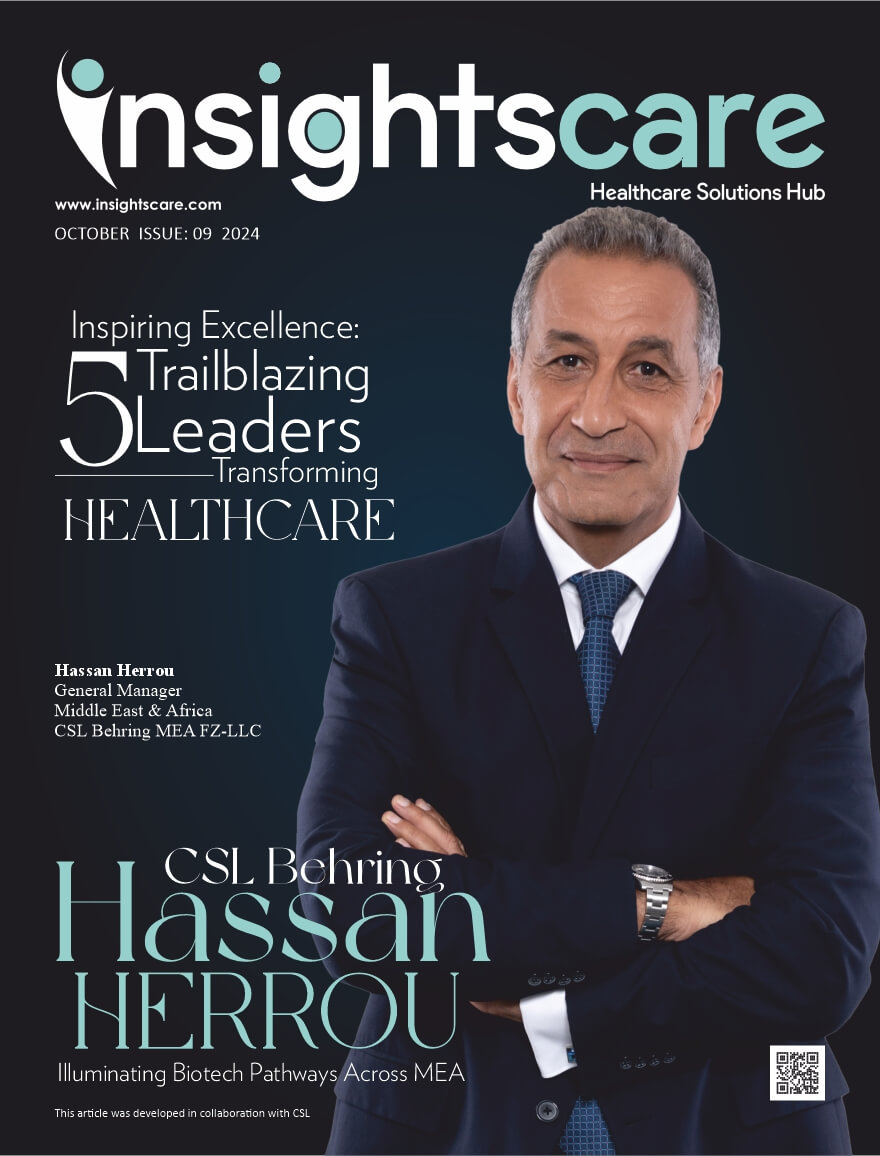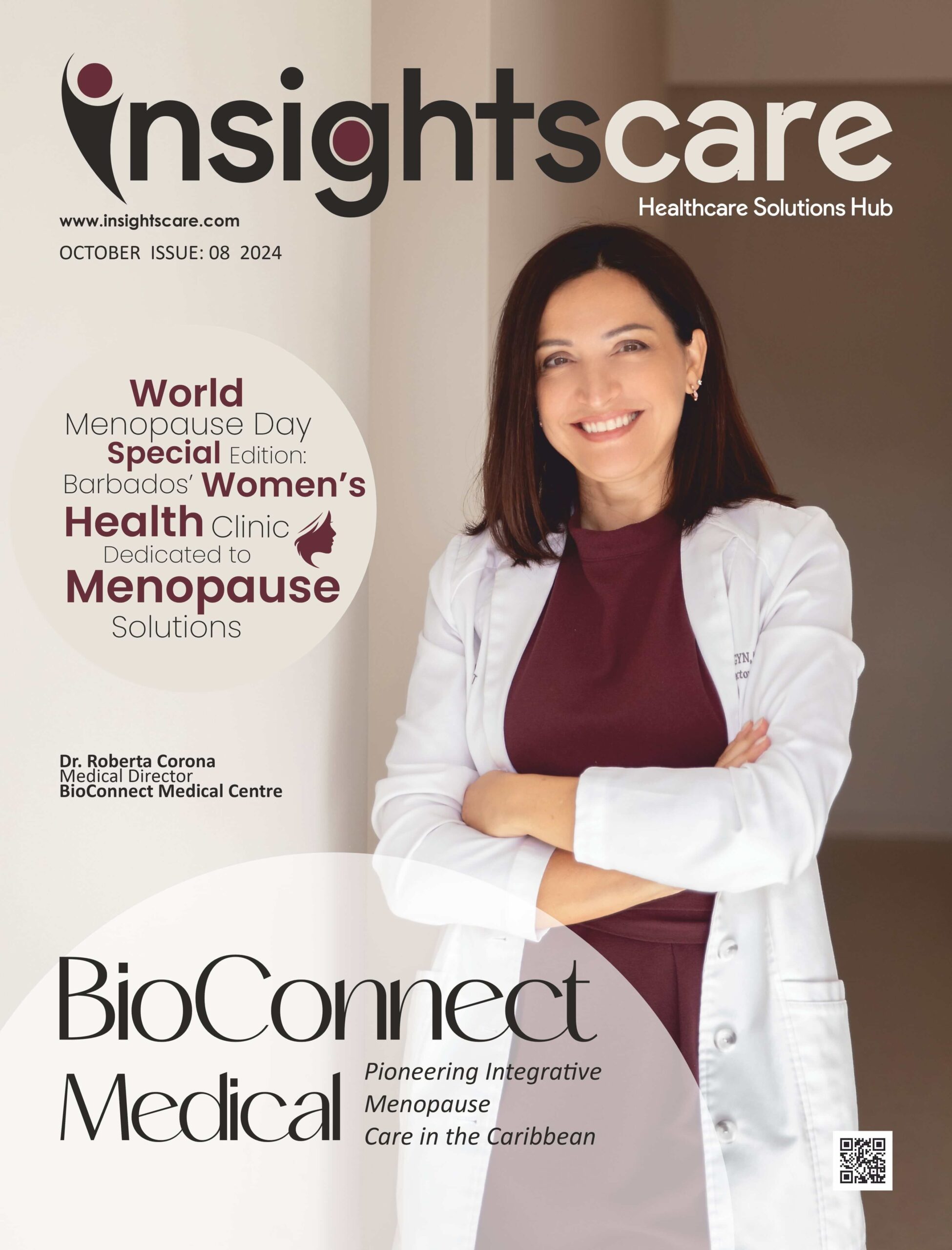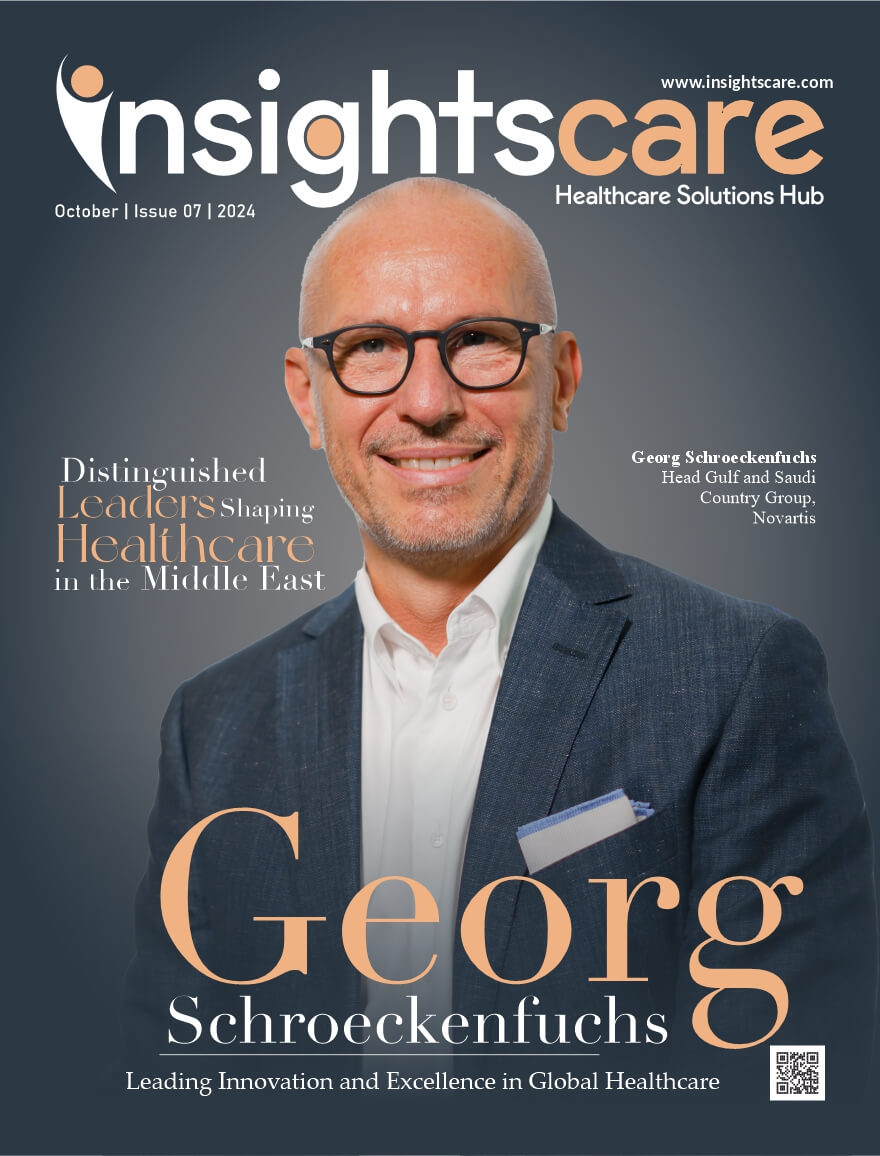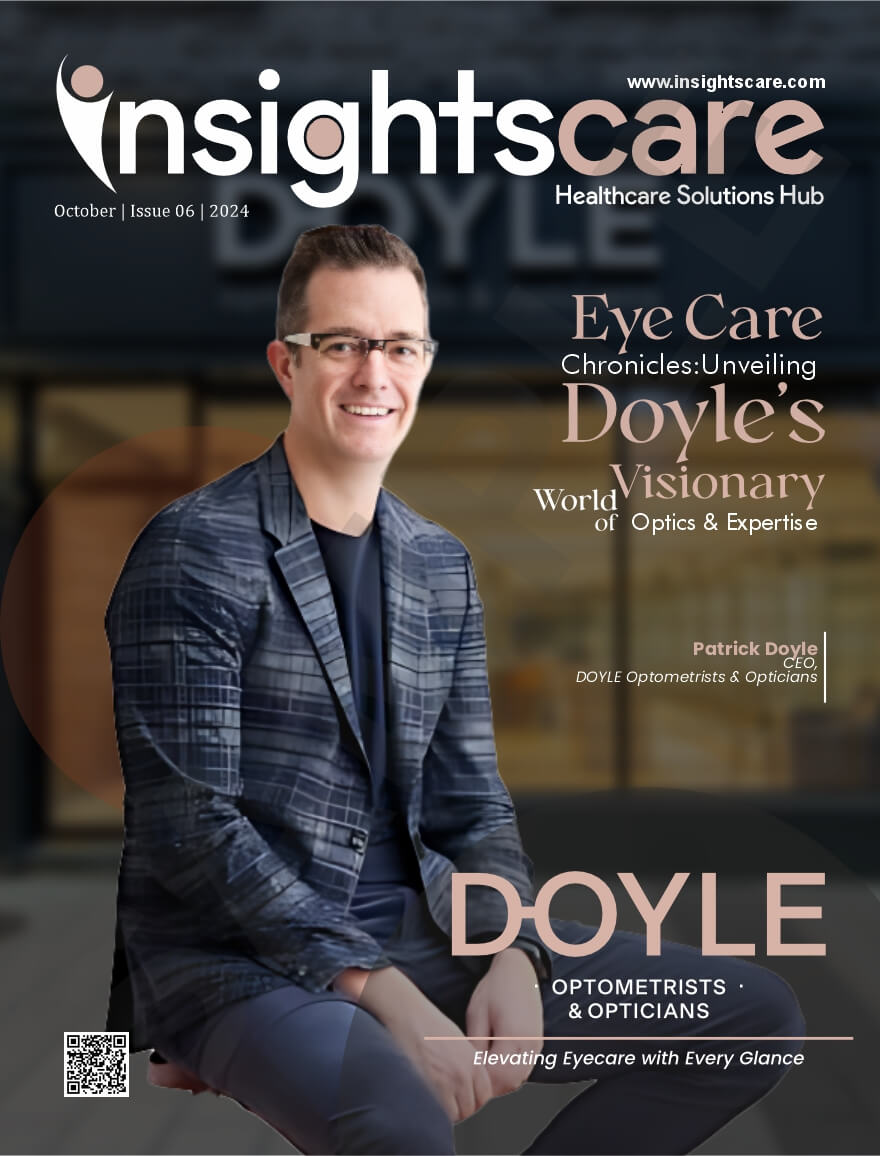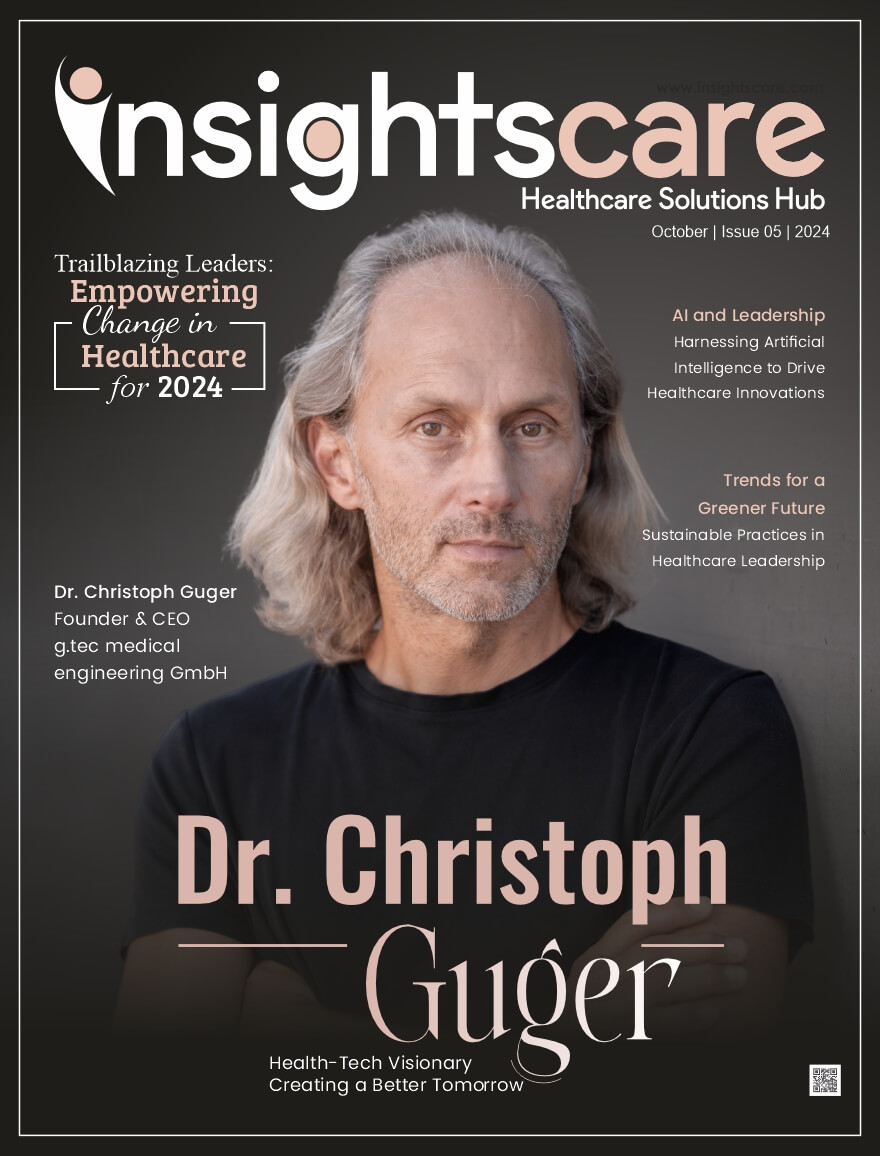Mobile health or mhealth is a general term coined for the use of mobile or wireless technology in the healthcare systems. It is a part of ehealth healthcare practice. The most common application of the ehealth is to educate the consumers about the preventive health care services. It is also used in disease surveillance, treatment support, epidemic outbreak tracking, and chronic disease management. mhealth is popular due to the areas that are accompanied by a large population and the widespread mobile phone usage. Within the digital health, mhealth encompasses all the application of multimedia and telecommunication ensuring accurate delivery of the healthcare and health information.
Some of the practical examples of mhealth are the voice communication and mobile messaging for the provider to improve the health behavior. Mobile technologies are helping the healthcare sector in improving training and service quality of healthcare workers, reducing the cost of service along with reducing the redundancy and duplication of the collected information.
Motivation
One of the main aspects of the mhealth is to push the limits of the healthcare sector and quickly acquire, transport, store, secure, and process the raw processed data into useful and meaningful results. mhealth offer various abilities to the remote individuals so that they can participate in the healthcare value matrix, which was not possible in the past. In many such cases, these participants can provide their valuable contribution in gathering data or create awareness of the disease in public health like outdoor pollution, violence, or drugs.
Motivation arises in mhealth due to the following two factors:
The first factor is the rise of the constraints faced by the healthcare system of developing nations. These constraints include the population growth, limited financial resources, the burden of disease prevalence, and a large number of the rural inhabitant.
The second factor is the rise in mobile phones in the world and its large population. The greater access to the mobile phones in all segments of the country helps in saving information and transitional costs for the proper healthcare delivery.
Health Outcomes
The integration of the technology with the health sector has promoted the betterment of the health, its lifestyle, and has improved the decision-making ability of healthcare professionals. Overall improvement is seen in the areas like health information and the instant connection between patients and health professionals, which was not possible before. Following that, there is an increased usage of technology that has reduced the health costs and has improved the efficiency of the healthcare systems. The growth of health-related applications has further boosted the growth of the mhealth.
A potential implementation is the direct voice communication for the poor literates and local-language versed people. The phones equipped with the local language aid in information transfer capabilities that were not available before. With the help of the mobile technology, the support for the existing workflow within the mhealth sector and the general public has increased.
The Advantages
mhealth provides various versatile advantages across all the areas of the healthcare industry. It not only helps the disease-affected citizens but also helps in monitoring potential patients that are at risk. Furthermore, it has incredible potential in the biometric hardware and real-time analytics.
Majority of doctors believe that the applications developed in the name of health are actually beneficial. Around ninety-three percent of doctors suggest that the mobile healthcare applications help in improving the overall health.
Some of the most common advantages of mhealth devices are:
Medication reminder– Using a reminder, the public can set timers for their medications, exercise, and many more such activities.
Fitness trackers– People can monitor their fitness and burned calories.
Calories counter– People can monitor how much calories they are taking-in and can control it.
Mobile emergency health communication– Citizens can contact their loved ones in any kind of emergencies. If the device has autonomous capabilities, it can automatically contact the concerned authorities.
Heart and Vital monitoring– Application rendered with the vital monitoring abilities can be very useful. Citizens can use these while exercising or in the case of emergency for example, patients’ vitals’ can be monitored in an ambulance.
As mhealth is becoming widely known, healthcare providers are embracing the mobile communications, thus improving the relationships with the patients.
Constraints
Major hurdles in the mhealth are the guidelines regarding the privacy and security of the health data collection on mobile technologies and identifying new opportunities to enhance the delivery of mhealth services. According to the surveys, resistance is seen from staff and physicians due to the change. They are unwilling to learn new skills or new technology. They also believe that it impedes their workflow.
In terms of workflow, the structure of evaluation presents a major challenge for the healthcare sector. There should be resolute standards for the evaluation. With the constant change of technology, infrastructure, and innovative research methods, there is a specific need to evaluate the process and consequences of the action taken in the mhealth process implementation. Consequently, a balance is required to be maintained in the mhealth applications and its execution. Healthcare providers must also take care of the data overloading. As the data is collected in the real-time and recorded, there must be a proper assessment of the collected data where non-important data is filtered out.
Industry Trends
Being the fastest growing trend, the mobile platform is used by more than five billion people in the world. With the increase of smartphones and wireless network technologies, the digital healthcare systems have new possibilities alongside new challenges to provide high quality, efficiency, accessibility, and lower cost to the healthcare services. Various reports suggest that the consumers are expecting mhealth to change the overall healthcare experience with the way the digital information is obtained. The impact of mHealth is seen in the relationship and overall communication between a patient and the physician.
Studies have shown that the health monitoring devices and cellular connectivity has reached more than seven million people. The combined market of the mobile health applications, health, and wireless apps, is expected to grow at a significant amount. In some countries, there are apps that are monitoring the patient’s asthma right from their mobile phones. It is done using the microphone of the phone just like a spirometer. Other countries are using a wireless shoe insole, used to monitor the blood pressure in the heel. This digital shoe alerts the diabetic patients, when there is too much weight on feet, which can help in the elimination of foot ulcers.
mhealth has enormous potential and is growing rapidly along with changing technology. Various international organization and global experts are researching continuously to foster the best use of current promising technology to improve the global health.

